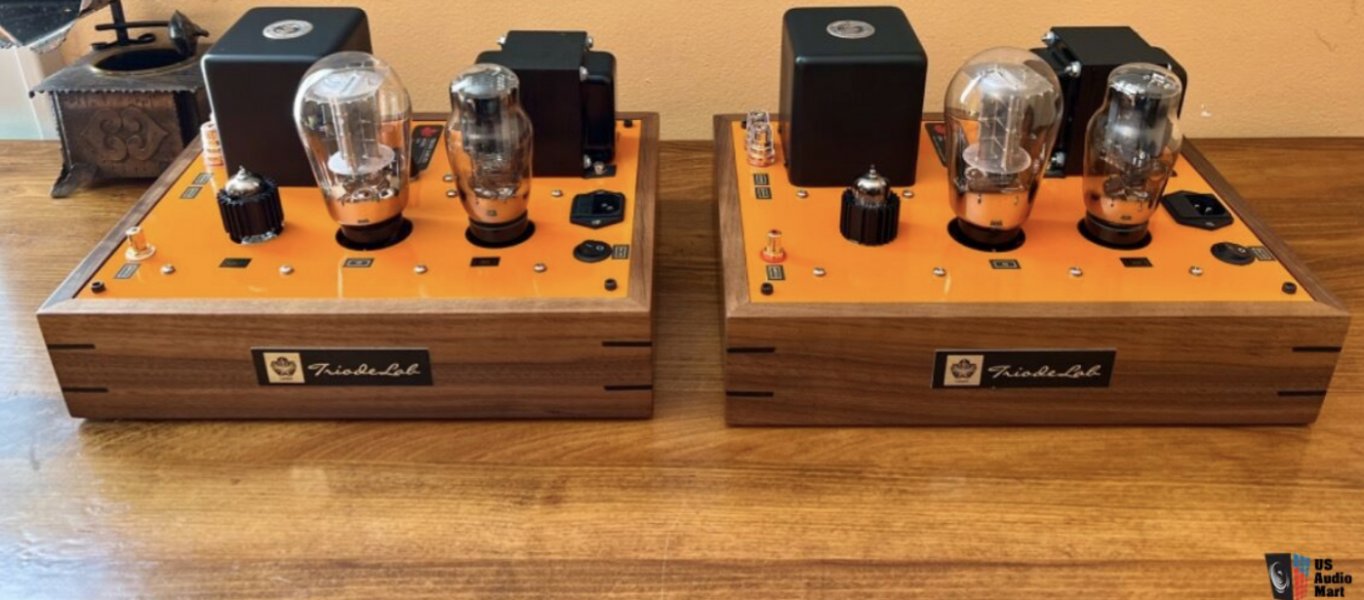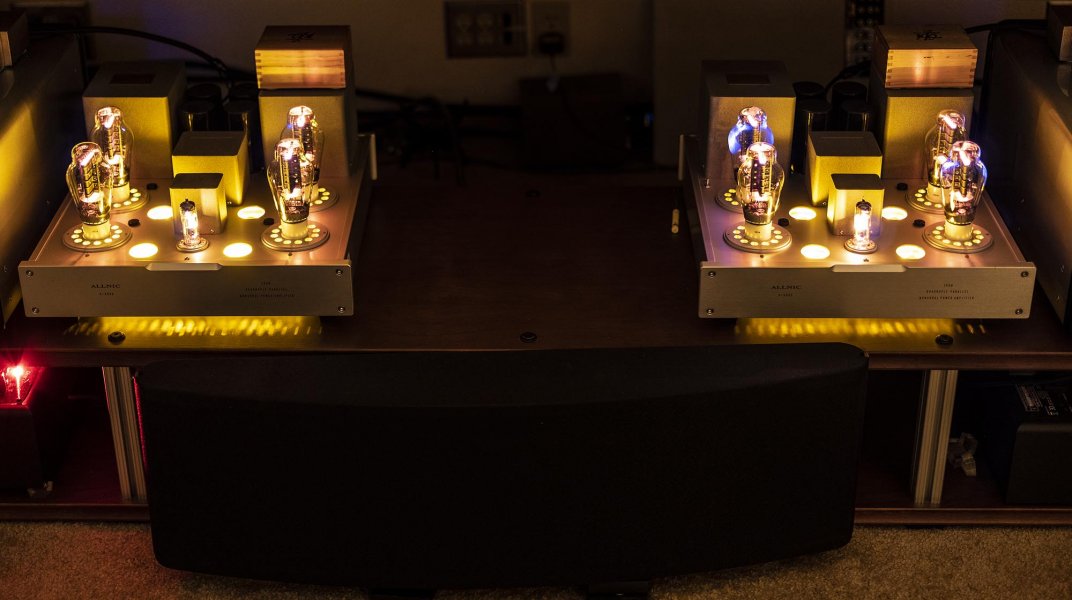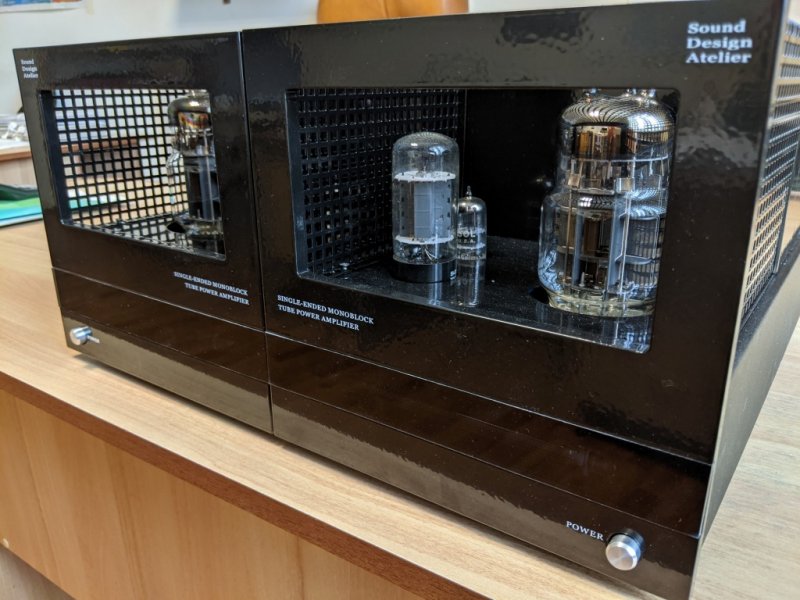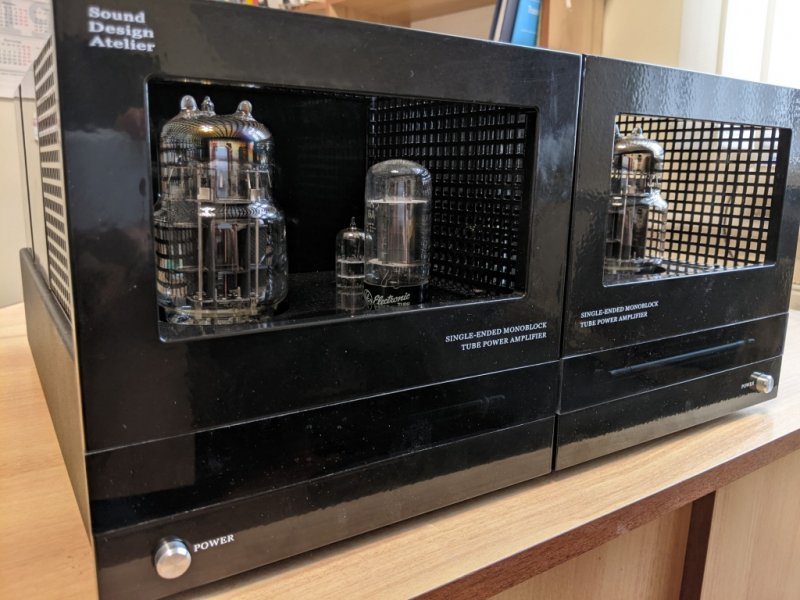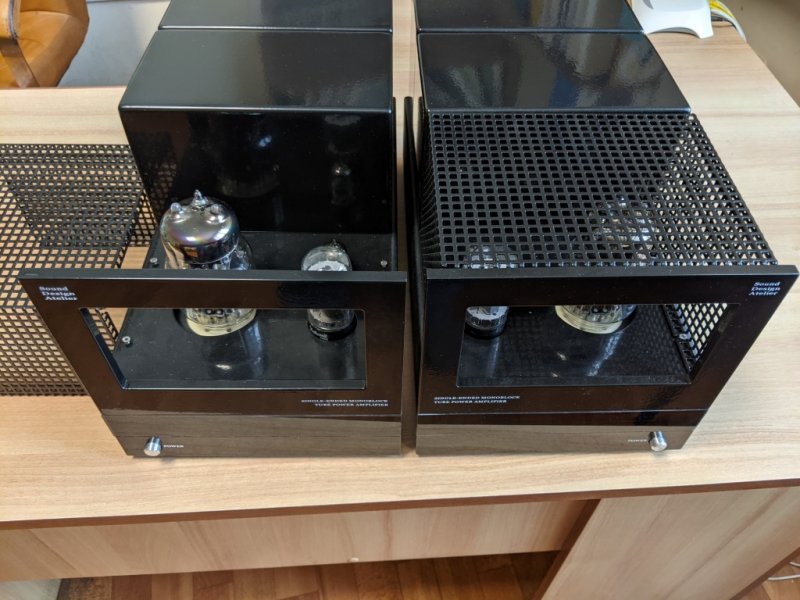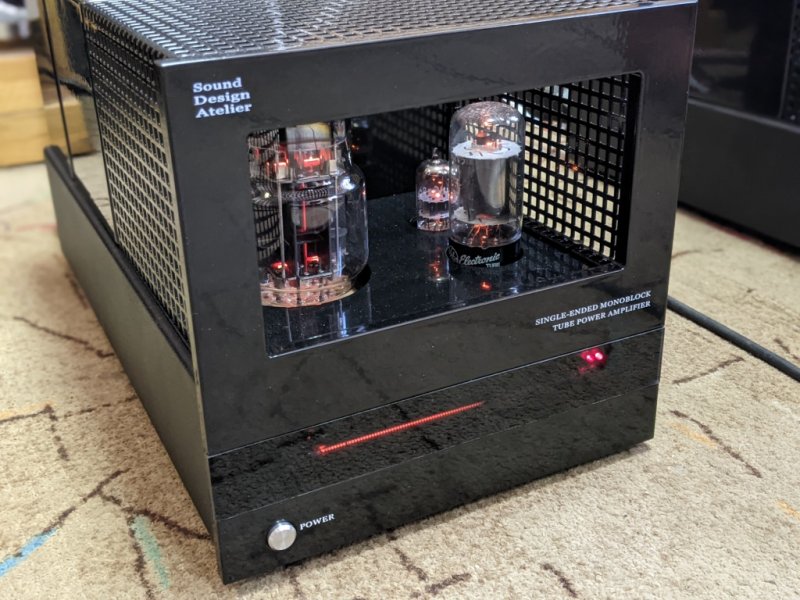Well, I guess the difference between us is that I don't think the CH amps sound particularly good and I am and probably always will be puzzled by those moving from really good SETs to that kind of amplification. The tonality of CH is just not there as it should be for real instruments. I have also heard many setups with CH that sounded dynamically constrained..the grip seems too tight.My friend had Viva new Autora with Wilson Alexandria that are 94 db in a small
Not big room,when tried my CH A1 mono
Sold immediately Viva and bought my A1 mono and i bought M1 mono
Really no
Comparison but also at low level
Then with speaker AN Sogon,for exemple,could be viva sound better than Ch,but in that case I will use Kondo G70I and Souga
I would not run Alexandria with SET despite the on paper sensitivity. It might work pretty well with a couple of SETs I know but they are atypical in how good they drive 'SET unfriendly" speakers.
The only Wilson speaker that I have heard with SET that really worked well was the original X1 Grand SLAMM, which was a true 95db and an easy load as well. I had very good experience with KR Audio amplifiers and the MKI and MKIII versions of the X1. All derivatives that came later got progressively harder to drive.
I agree that Kondo G70 and Souga would likely sound better but you have to consider the huge cost difference between Auroras and Kondo...not really a fair comparison.
That said, Viva Aurora would not be my first choice for SET. At least within that budget range (not Souga range at 50K+) I would buy what I sell, Aries Cerat, or alternatively Amplifon, NAT, KR Audio, Ayon or perhaps a level 3/4 Audio Note UK. AC, Amplifon and NAT in particular have serious punch for conventional speakers that Kondo doesn't really have (but Kondo might be superior for really sensitive speakers).


